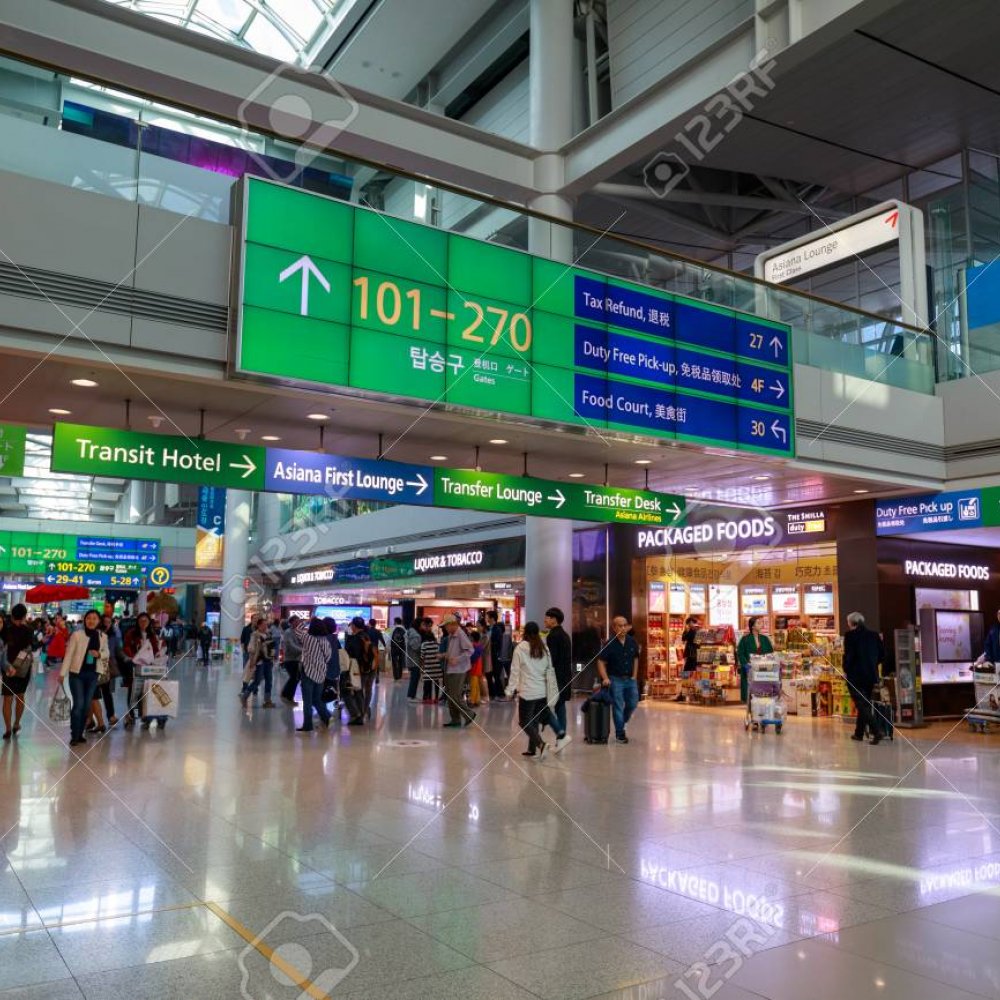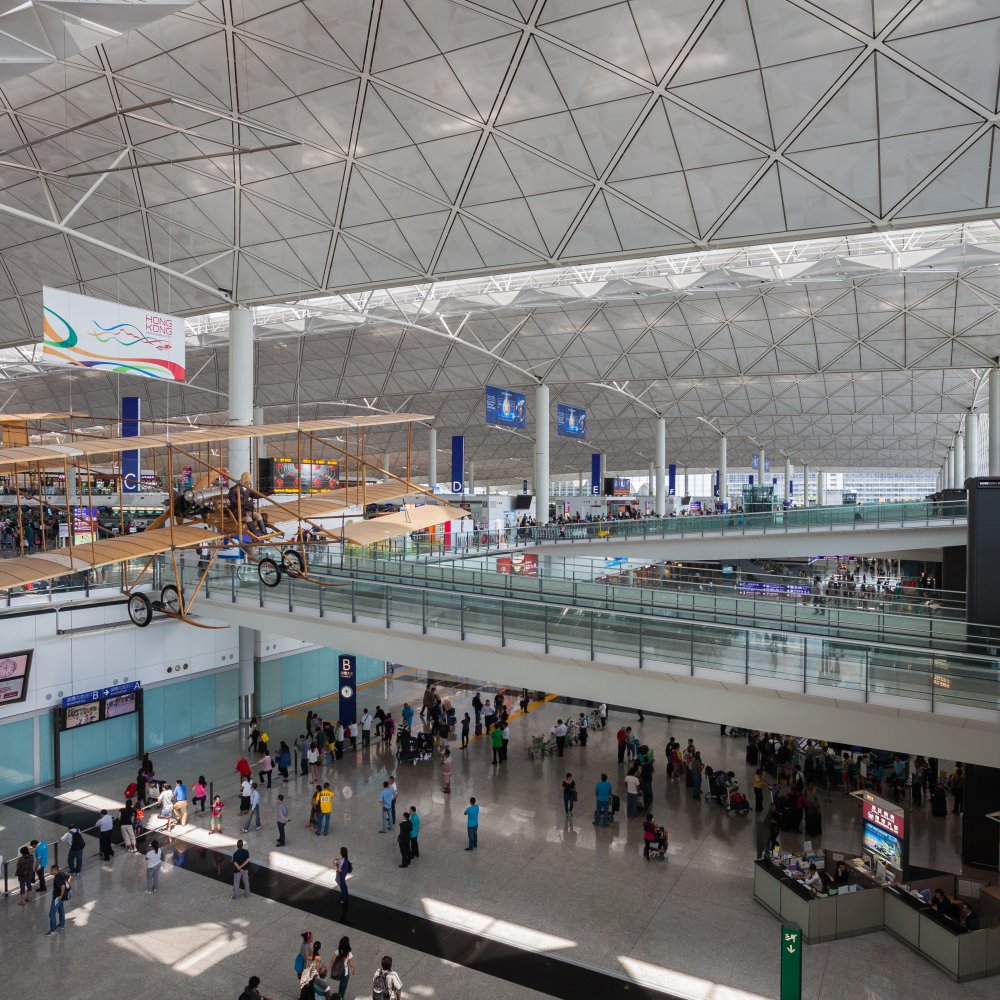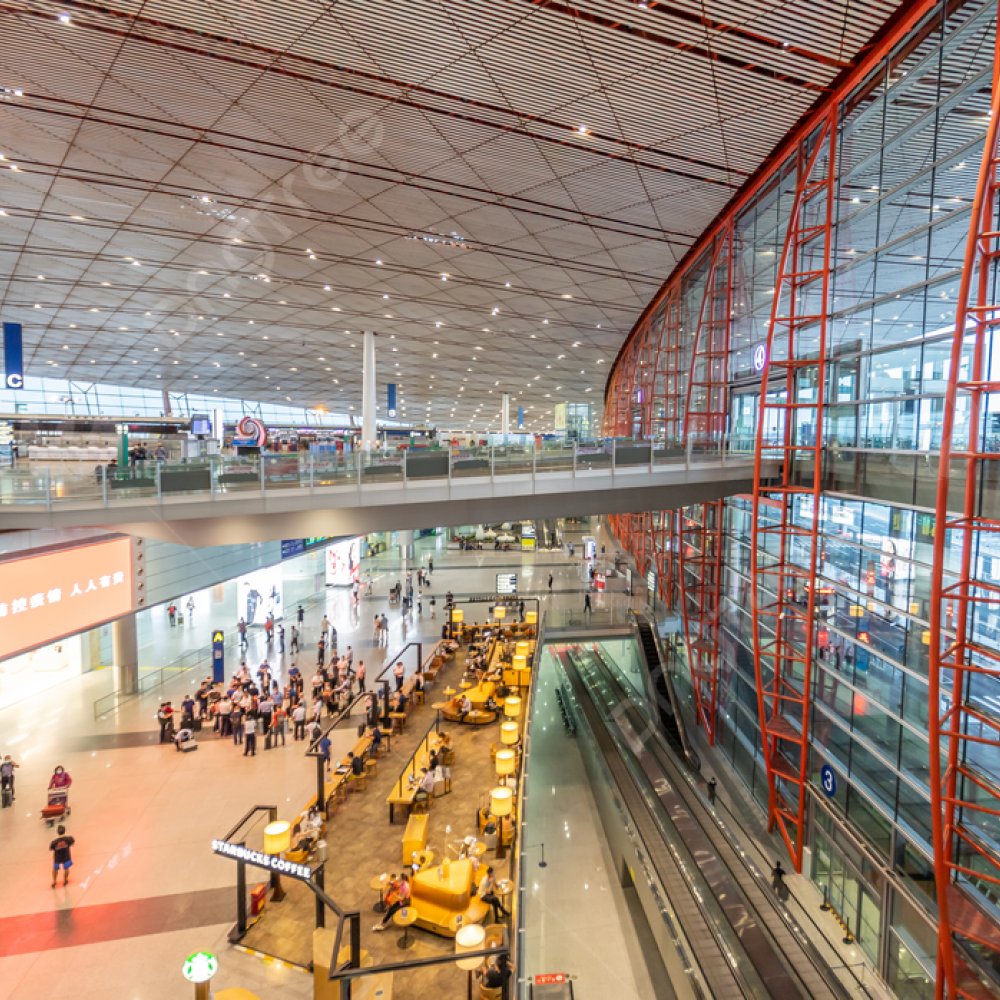It’s early morning in Tokyo. The city hums with energy—neon signs flicker, streets buzz with commuters, and the scent of freshly brewed coffee fills the air. You’ve packed your bags, double-checked your passport, and now it's time to master the last leg of your journey: getting to Tokyo Haneda Airport, JP. Whether you're a first-time visitor or a seasoned globe-trotter, the sprawling metropolis’s maze-like transport options can seem overwhelming. Will you brave the rush-hour crowds on the train? Opt for a private taxi glide? Or hunt for the best budget-friendly bus route? When I last landed at Tokyo Haneda Airport, JP, the efficient blend of trains, buses, and taxis impressed me—but knowing your options in advance is key to a stress-free trip. This bustling hub, just 14 kilometres from central Tokyo, is a gateway to the world. Yet, even experienced travellers stumble over the best routes or fall prey to hidden surcharges. Let’s dive into practical steps and insider insights, helping you confidently plan how to get to Tokyo Haneda Airport, JP and avoid common travel headaches.
Why Plan Your Airport Transfer?
Planning how to get to Tokyo Haneda Airport, JP isn’t just about catching the next ride out of your hotel. It’s about crafting an experience that sets your trip’s tone. Efficient transfers reduce stress, safeguard your budget, and help you dodge Tokyo’s sometimes intricate transport system. With several options ranging from taxis to trains and buses, understanding each method ensures you arrive relaxed and on time.
Given Tokyo’s urban sprawl and peak-hour crowds, a last-minute scramble can turn an exciting journey into an exhausting ordeal. For example, the city’s rail services operate with Japanese precision, but navigating between lines can slow you down if you’re unfamiliar with the station layouts. Alternatively, taxis offer door-to-door convenience but come with a heftier fare—especially if caught in Tokyo’s notorious evening traffic. On the other hand, buses might be budget-savvy, but schedules can vary and some routes only accept cash, a quirky caveat for foreign travellers. When I last travelled from Shinjuku in the evening, I discovered that planning an express bus ticket beforehand saved me both time and money, letting me relax on a comfortable coach rather than juggle heavy luggage through train stations.
In essence, proactive planning you’ll benefit from better time management, budget control, and peace of mind. That’s why this guide breaks down each option methodically, comparing cost versus convenience—and offering practical tips tailored to your preferences.
Price & Time Grid: Your Options at a Glance
| Transport Mode | Single Fare (JPY) | Return Fare (JPY) | Average Journey Time | First/Last Service | Night Surcharge |
|---|---|---|---|---|---|
| Taxi to Tokyo Haneda Airport, JP | 7,000–9,000 | — | 30–60 mins (traffic dependent) | 24/7 | Yes (22:00–05:00, ~20% extra) |
| Rideshare from city centre to Tokyo Haneda Airport, JP | 6,000–8,500 | — | 30–50 mins | 24/7 (app-dependent) | Yes (varies by app) |
| Tokyo Haneda Airport, JP train (Keikyu Line or Tokyo Monorail) | 410–620 | 820–1,240 | 15–30 mins | ~05:00 / 24:00 | No |
| Express Bus to Tokyo Haneda Airport, JP | 1,200–1,600 | 2,400–3,200 | 30–45 mins | ~05:00 / 22:30 | No |
| Local Bus to Tokyo Haneda Airport, JP | 1,000–1,200 | 2,000–2,400 | 45–70 mins | ~05:30 / 20:00 | No |
The grid above summarises your main transport options and highlights key differences. Taxis and rideshares offer flexible door-to-door service ideal if you’re travelling with family or heavy luggage, yet their fares can be expensive particularly during night hours when surcharges apply. Trains, primarily the Keikyu Line and Tokyo Monorail, present the fastest and most reliable option, perfect if you prefer punctuality and cost efficiency. Express buses offer a balance between comfort and price but operate on set schedules. Local buses are the most economical but generally slower and less frequent—best suited for travellers with flexible timing and minimal luggage.
Step-by-Step Guide for Each Mode
Taxi to Tokyo Haneda Airport, JP
- Book in advance via your hotel concierge or a reputable app to secure a fixed fare and avoid peak-time price spikes.
- Confirm your pick-up location in advance to save time; Tokyo streets can be confusing for drivers unfamiliar with your hotel’s side entrances.
- Prepare cash or credit card—though many taxis accept cards, some still prefer cash, especially late at night.
- Allow extra time for potential traffic jams, especially during weekday rush hours (07:30–09:30 & 17:00–19:00).
- Ensure your driver uses the meter—ready your address in Japanese to avoid misunderstandings.
Rideshare from City Centre to Tokyo Haneda Airport, JP
- Download ride apps such as Japan Taxi or international services where available.
- Enter pickup and drop-off points carefully—Tokyo’s precise addresses help avoid pickups blocks away.
- Check estimated fare and ETA before confirming to budget your trip properly.
- Confirm driver identity via vehicle make, model, and license plate provided in the app.
- Keep your phone handy for driver communications and airport alerts.
Tokyo Haneda Airport, JP Train
- Identify your nearest station on Keikyu Line or Tokyo Monorail—both connect Haneda efficiently.
- Purchase tickets from machines (English available) or use IC cards (Suica/Pasmo) for convenience.
- Check train schedules—services start around 05:00, with frequent runs during peak times.
- Carry luggage carefully as rush hour trains can be crowded and stations may have stairs.
- Alight at your terminal stop, with clear signage directing you to Departures or Arrivals.
Bus to Tokyo Haneda Airport, JP
- Locate the nearest bus stop for express or local services; airports and major hotels often have direct lines.
- Purchase tickets from kiosks or on the bus (note some buses accept cash only).
- Board at scheduled times, arriving a few minutes early.
- Secure your luggage in designated compartments or comfortably inside the bus if riding express services.
- Disembark at the correct terminal, following airport signs to your airline check-in area.
Returning a Rental Car at Tokyo Haneda Airport, JP
- Top-up fuel at gas stations close to Haneda Airport to avoid extra refuelling charges (Hertz, March 2025).
- Follow airport rental car return signage—clearly marked with bright yellow overhead signs near Terminal 1 and Terminal 2.
- Park in the designated rental return lot and lock your vehicle.
- Complete paperwork at the rental agency’s desk onsite or use drop boxes for after-hours returns.
- If after-hours, use the rental company's drop-box for keys and documents—confirm your company’s specific process in advance.
- Catch the free shuttle bus from the rental car centre to your terminal’s Departures lobby; shuttles run every 10–15 minutes.
- Check your final invoice online or via the rental app for any unexpected fees.
Money-Saving Hacks
- Use IC cards (Suica/Pasmo) for all rail and bus journeys to save on ticket queues and enjoy small ride discounts.
- Book express bus tickets online in advance—sites often offer discount fares if purchased ahead of time.
- Consider group rideshares at off-peak times to split costs without losing convenience.
- Avoid night taxis unless necessary to dodge the 20% surcharge incurred from 10pm to 5am.
- Check for hotel shuttle services—some central hotels offer free airport transfers, saving a taxi fare.
Peak-Hour vs Off-Peak Travel Times
Tokyo’s infamous rush hours significantly impact journey times to Tokyo Haneda Airport, JP. Morning peaks typically span between 07:30 and 09:30, with sharp traffic congestion on main road arteries—for taxis, rideshares, and buses alike. Trains remain most resilient in these periods, though they can become crowded and less comfortable if you’re lugging hefty bags. Planning outside these windows or using express rail options speeds up your transfer significantly.

Off-peak times, typically after 10:00 and before 17:00, offer a calmer experience and can reduce taxi fares as drivers avoid stuck traffic. Late evening also sees fewer trains and buses, so balance your priorities between comfort and operating hours. Those flying super early or late should anticipate fewer services but enjoy quieter journeys.
Accessibility & Luggage Factors
If you’re travelling with mobility challenges or heavy luggage, your choice of transport to Tokyo Haneda Airport, JP deserves extra consideration. The airport’s train stations and bus terminals are generally well-equipped with elevators, ramps, and tactile paving. Both the Keikyu Line and Tokyo Monorail advertise barrier-free access and priority seating. However, some local buses may have limited wheelchair access and could struggle with bulky suitcases.
Meanwhile, taxis and rideshares provide door-to-door service and can easily accommodate wheelchairs or multiple bags if pre-booked. When I once travelled with a family of five plus equipment, a taxi’s flexibility proved invaluable despite the higher cost. Always communicate special requirements when booking to ensure a seamless transfer.
Carbon-Smart Alternatives
For eco-conscious travellers wondering how to get to Tokyo Haneda Airport, JP sustainably, shared shuttles combine convenience with lower carbon footprints. Some hotels and community services run shuttle vans reducing per-passenger emissions. Another emerging option is bike-and-ride: cycle to a convenient rail station, secure your bike in lockers, and complete the journey by train.
Park-and-ride facilities just outside central Tokyo encourage this hybrid approach, cutting highway congestion and emissions. Planning your trip with carbon-smart modes not only helps reduce environmental impact but also often offers more predictable arrival times.
Sample 08:00 Flight Timeline
- T-12 hours (20:00 previous evening) : Confirm flight check-in and boarding gate info via app or airline site.
- T-4 hours (04:00) : Wake-up, final luggage check, gather travel documents.
- T-2 hours (06:00) : Leave hotel using your chosen mode (train, taxi, bus), allowing buffer time.
- T-0 (08:00) : Arrive curbside at Haneda Departures; check-in and security.
Hidden Pitfalls & Local Quirks
Tokyo’s flawless image can occasionally mask quirks worth knowing before you travel.
- Strike days: Although rare, transport strikes in Tokyo can disrupt trains and buses—check local news ahead.
- Cash-only buses: Some express and local buses may refuse cards or IC payments; carry small bills.
- Motorway tolls: Taxi fares sometimes include tolls, which can unexpectedly hike your bill during heavy traffic.
Eight Mistakes Travellers Make
- Booking a taxi or rideshare without accounting for peak-hour traffic delays.
- Failing to purchase or top-up a Suica/Pasmo IC card before train travel.
- Assuming all buses accept credit cards or IC cards.
- Not confirming bus departure points close to your accommodation.
- Leaving rental car fuel tanks empty, incurring expensive refuelling fees.
- Ignoring direction signage in busy stations, causing missed connections.
- Underestimating luggage constraints on crowded trains or buses.
- Relying solely on Google Maps without cross-checking Japan Rail or bus company timetables.
Frequently Asked Questions
What is the fastest way to get to Tokyo Haneda Airport, JP from central Tokyo?
The fastest way is by train—either the Keikyu Line or the Tokyo Monorail. Both connect major city hubs directly to Haneda within 15 to 30 minutes, avoiding road traffic.
Is it safe to take a taxi or rideshare late at night to the airport?
Yes. Both taxis and rideshares are generally safe and operate 24/7. However, be aware of night surcharges and ensure you use licensed services, booking in advance whenever possible.
Can I use my Suica or Pasmo card on buses to Haneda?
Yes, most express and local buses accept IC cards, but some routes still require cash payment, so keep some cash handy.
How early should I leave for Tokyo Haneda Airport, JP on a weekday morning?
Leaving two to three hours before your flight is prudent during peak hours, factoring in peak-hour traffic or train crowding.
Call to Action
Now that you know how to get to Tokyo Haneda Airport, JP with confidence, share your experiences below or subscribe for more travel and transport tips. Smooth airport transfers are the first step to a great journey—let's make yours effortless!







